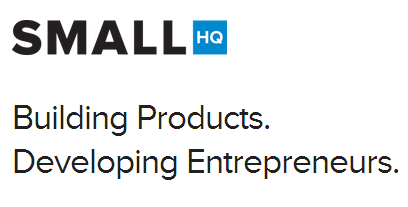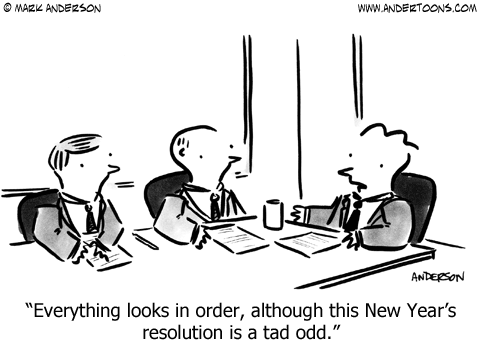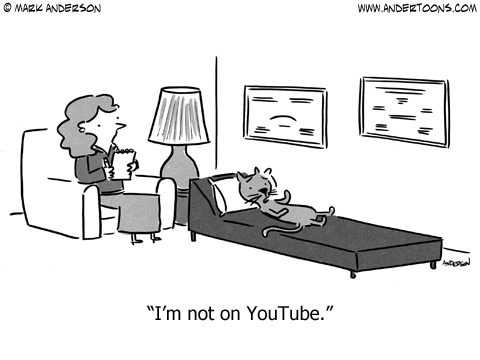As entrepreneurs, our personal happiness, the way we listen to and react to our staff, and the way we shape our own role at work all have profound effects on our companies, and ultimately, on how they grow. But lasting change is difficult. I should know – I recently achieved three major advances that I didn’t think were possible:
- I pushed my wife to create more work-life balance with me.
- I expressed compassion for a staff member facing personal challenges that were getting in the way of her job.
- I redefined my number one priority with my team at Round Table Companies (RTC) to focus on deepening relationships with potential clients.
It wasn’t easy, but I had a solid guide. Not long ago, I was playing around on Twitter, searching for people with influential business and leadership profiles who could review and possibly share my last Forbes piece. Author Robin Sharma read and enjoyed the article, and consequently challenged me to read his new book. After looking at his site, I knew we were in alignment, so I dove into The Leader Who Had No Title.
Below are six key lessons I learned from Robin that you can apply to your own business success.
It’s Never too Early to Work on Your Dream
While he continued to practice law, Robin would get to his local 24-hour coffee shop at 3:30 or 4:00 in the morning and write until he had to go to work at 8:00. Though the first editor told him he couldn’t write, Robin printed 2,000 copies of The Monk Who Sold His Ferrari at Kinko’s. He kept them in his kitchen as he sold copies. Sixteen years later, Robin’s books have sold more than six million copies. Early morning hustle pays off!
Question: Do you pop out of bed excited for the day, or are you snoozing your way out of opportunity?
Live From a Place of Gratitude
Robin’s books inspired me to wake up at 5:30 a.m. every weekday morning (for the last 65 days now!) and spend 20 minutes journaling about what I’m grateful for and what I’m dreaming of becoming. That writing sets up my day from a place of appreciation verses the fear or anxiety that can often drive entrepreneurs. Coming from a place of appreciation all the time is a dynamic shift for me. I highly recommend you try it and see how quickly it can impact your brain chemistry and your behavior.
Question: Do you engage in any kind of ritual to help set up your day?
Splash Ice Water on Your Face (Figuratively)
As the owner of a million-dollar-a-year storytelling company, when times are good, I am a blast to work with and for. But as an entrepreneur, my moods change as often as Chicago’s weather. If revenue dips, or a deadline is missed, I take my anxiety out on our executive team, who repeat the process with our support staff.
I grabbed another lesson from Robin to deal with those negative thoughts: whenever I catch myself thinking negatively, I imagine getting splashed in the face with ice water. Amazingly, that practice helps me shake off the thoughts and recognize that they are not reality.
Question: How much of your day is ruled by worry vs. reality?
Question Your Role
Through my gratitude work, I started dreaming about what was possible for my company again. That shifted me from the role of managing back into my entrepreneurial power zone. It also helped me admit that my strength is not managing. Getting out of that role was great for me, but also for the spirit of the company. And it just so happened that our COO, David Cohen, was ready to make his own shift into a stronger leadership role. People management comes easily to him, and our staff thrives under his steadfast leadership style. Win-win-win.
Question: Is your current role one of choice, or one of habit?
Take Care of Yourself
Exercise is important for entrepreneurs because we’re desperately in need of ways to manage our stress. After two years of working out twice a week, I was ready to up my game. I started a difficult conversation with my trainer about changing up my schedule so I could work out four days a week at the same budget by taking more classes and doing less personal training. I had been avoiding that conversation out of a sense of guilt. And then, bam! I came from a place of kindness, had the conversation, and got what I needed. As the owner of her gym, she was looking to train less and have more time to run her own business anyway. Another win-win.
Question: What do you schedule into your life to ensure you’re taking care of your health? Do you respect yourself by protecting that time?
Challenge Others With Vulnerable Conversations
The conversations I had with my COO, my trainer, and my wife were all uncomfortable for me because I risked the fear of rejection. As entrepreneurs, we experience plenty of rejection. But we also become masterful at setting up our worlds so rejection is limited.
To keep ourselves pushing our limits, we have to press up against our comfort zones. Coming from a place of appreciation helped me to approach these difficult conversations with kindness. None of them went perfectly, but I walked away from each of them with great results and also a feeling of pride in how I handled myself.
Question: What difficult conversations are you avoiding in your life?
Small Shifts Add Up to Big Change
The most powerful takeaway here is that people like Robin are not superhuman, and they’re not just lucky. He put one foot in front of the other, took the risk of leaving a successful law practice, and then set up his life to serve others. And he did it all from a place of gratitude — something all entrepreneurs can achieve.
Working in Los Angeles for a decade, Corey Michael Blake was the face and voice behind a dozen Fortune 500 and Fortune 100 brands as a commercial and voiceover actor (his work won Belding, Addy, Cannes, and London International Advertising awards), before working as a film producer and director, as an author and publisher, and now as the founder and President of storytelling company Round Table Companies (RTC).
The Young Entrepreneur Council (YEC) is an invite-only organization comprised of the world’s most promising young entrepreneurs. In partnership with Citi, YEC recently launched StartupCollective, a free virtual mentorship program that helps millions of entrepreneurs start and grow businesses.









 In a time of constant movement, constant communication, continual achievement and an ongoing list of to-dos, at the end of the day we feel we’ll never get ahead. It seems like our days are controlling us, rather than us controlling them. This constant busyness can actually take you off course from your high-value goals; hurt your physical, psychological and emotional system; and even damage or destroy relationships. I have been studying some of the top executives, CEOs, authors, and millionaires in the past couple of years and wanted to share a couple thoughts that might help you work at your productive best.
In a time of constant movement, constant communication, continual achievement and an ongoing list of to-dos, at the end of the day we feel we’ll never get ahead. It seems like our days are controlling us, rather than us controlling them. This constant busyness can actually take you off course from your high-value goals; hurt your physical, psychological and emotional system; and even damage or destroy relationships. I have been studying some of the top executives, CEOs, authors, and millionaires in the past couple of years and wanted to share a couple thoughts that might help you work at your productive best. Five years ago, my first tech company was acquired. Two years ago, the acquirer IPO’d. As the Chief Strategy Officer, I ended my time at the company with a signatory bell ringing at the NASDAQ. Until that point, my life had moved quite swiftly without much vacation, only letting up to marry my high school sweetheart and raise my son.
Five years ago, my first tech company was acquired. Two years ago, the acquirer IPO’d. As the Chief Strategy Officer, I ended my time at the company with a signatory bell ringing at the NASDAQ. Until that point, my life had moved quite swiftly without much vacation, only letting up to marry my high school sweetheart and raise my son.





